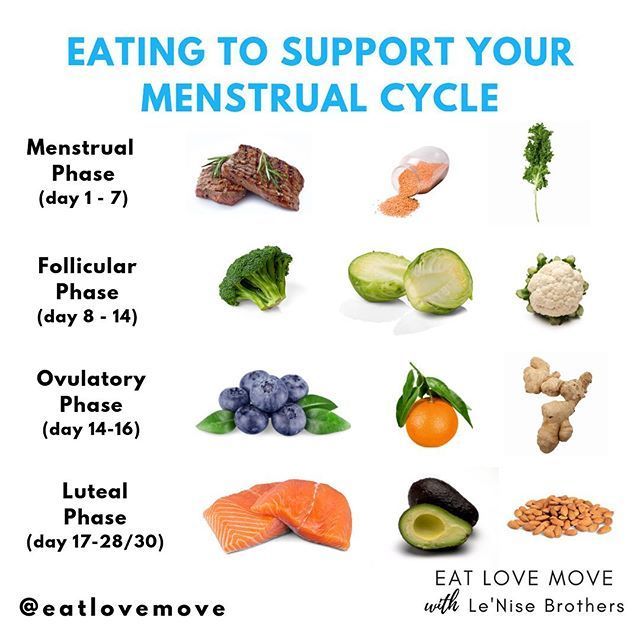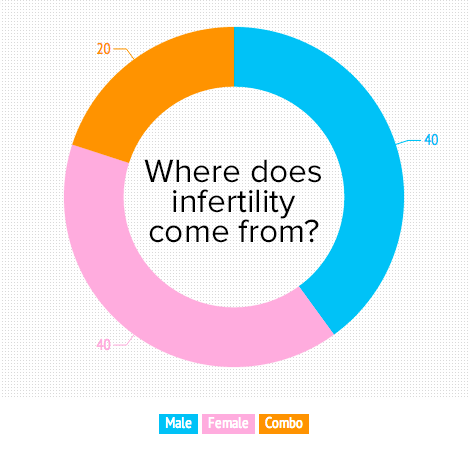In today’s world, finding ways to reduce energy consumption and save on utility bills is becoming increasingly important. One effective way to achieve this is by implementing energy-efficient upgrades in your home. Not only do these upgrades help the environment, but they can also significantly reduce your monthly energy expenses. In this article, we will explore various energy-efficient home upgrades that can make a real difference.
Solar Panels
Solar panels are a popular choice for homeowners looking to reduce their reliance on traditional sources of energy. By harnessing the power of the sun, solar panels generate electricity that can power your home or be stored in batteries for later use. Installing solar panels not only saves money in the long run but also ensures that your home runs on clean, renewable energy.
Energy-Efficient Appliances
Upgrading to energy-efficient appliances is a worthwhile investment for any homeowner. When replacing old, inefficient appliances such as refrigerators, washing machines, or even light bulbs, look for those with energy-saving certifications. Energy Star certified appliances are designed to use less energy while providing the same level of performance. By choosing such appliances, you not only reduce your energy consumption but also save on your utility bills.
Insulation Improvements
Proper insulation is a crucial factor in maintaining an energy-efficient home. Without adequate insulation, warm or cool air generated by your HVAC system can escape, resulting in excessive energy wastage. Upgrading your home’s insulation can prevent this issue, ensuring that your heating and cooling systems operate efficiently. By sealing air leaks and improving insulation in attics, walls, and floors, you can reduce your energy consumption and experience enhanced comfort throughout the year.
Smart Thermostats
A smart thermostat is an innovative device that can significantly contribute to energy savings. Unlike traditional thermostats, smart thermostats can be programmed to adjust your home’s temperature based on your preferences and schedule. With the ability to learn your habits, these thermostats can automatically adjust the temperature when you are away or asleep, reducing energy wastage. Smart thermostats also offer remote control access through smartphone apps, allowing you to optimize energy usage even when you’re not at home.
Energy-Efficient Lighting
Switching to energy-efficient lighting options is an easy and affordable home upgrade that can yield immediate results. Traditional incandescent bulbs consume a lot of energy and have a short lifespan. On the other hand, LED bulbs are highly energy-efficient, consuming up to 80% less energy and lasting significantly longer. By replacing incandescent bulbs with LEDs throughout your home, you can create a well-lit environment while saving money on your electricity bills.
Windows and Doors
Windows and doors are another area where homes can lose significant amounts of energy. Older windows, in particular, may not be well-insulated and can allow drafts to seep in, forcing your HVAC system to work harder. Upgrading to energy-efficient windows and doors with proper seals and insulation can have a dramatic impact on energy conservation. These upgrades not only prevent energy loss but also provide better soundproofing and improved security for your home.
Conclusion
Implementing energy-efficient home upgrades benefits both the environment and your wallet. From utilizing solar panels and installing energy-efficient appliances to improving insulation and upgrading windows and doors, there is a wide range of options to choose from. By investing in these upgrades, you not only reduce your carbon footprint but also enjoy substantial savings on your energy bills in the long term. It’s time to make your home more energy-efficient and take a step towards a greener future.




